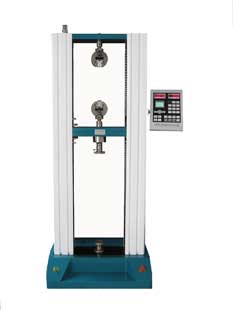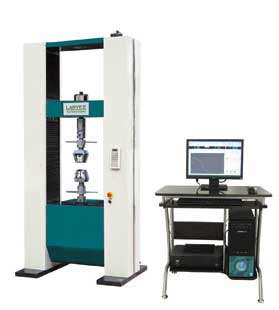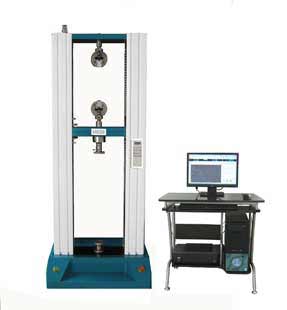-
Applications
- ASTM
- ASTM D7264
- ASTM D3039
- ASTM D3575
- ASTM E9
- ASTM C1674
- ASTM C1424
- ASTM D695 Compression Testing for Rigid Plastics
- ASTM C158 Flexural Bend Testing for Glass
- ASTM D6775 Break Strength and Elongation Test Equipment for Textile Webbing, Tape and Braided Materia
- ASTM D905 Standard Test Method for Strength Properties of Adhesive Bonds in Shear by Compression Lo
- ASTM D638-measuring the strength of unreinforced and reinforced plastics
- ASTM D575 Compression Test of Rubber
- ASTM





